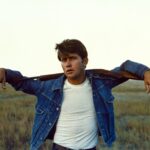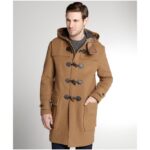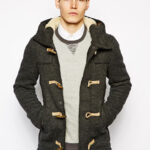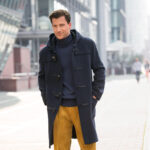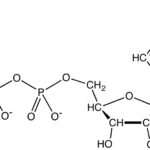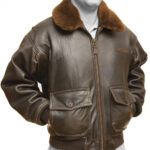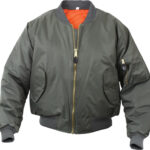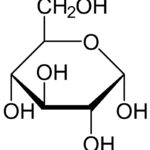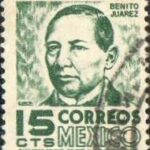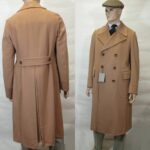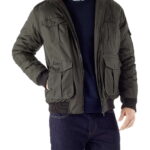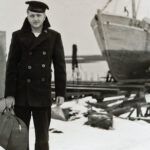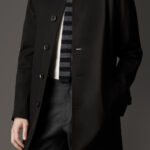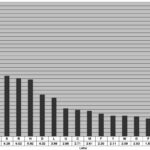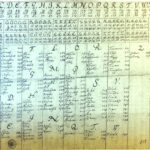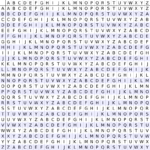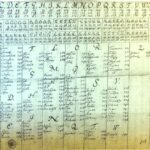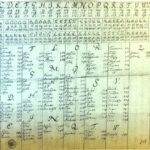Winter has arrived in full force and with it the need to keep warm and, of course, look good doing it. With that in mind, I’m going to be exploring the diverse world of men’s jackets and coats. I won’t be delving into any style advice but I will be delving into the history and basic characteristics of some of the most popular and classic outerwear.
Denim Jacket
Today’s denim jackets can trace their origins to Levi’s Type I jacket made in the early 20th century. It was initially made as work wear for laborers and the military but after it began to appear in film and on celebrities – like Martin Sheen in Badlands – it quickly passed into popular culture. We’re probably most familiar with Levi’s Type III jacket, also known as the trucker jacket. Today variations of it can be found everywhere from the runway, on tractors, and in Target.
http://www.complex.com/style/2014/09/a-brief-history-of-the-denim-jacket/
Duffle Coat
The first modern duffle coats were made in the late 19th century for the British Royal Navy. The name comes from the Belgian town of Duffel, which made a fabric similar to that with which the duffle coat was made. The design was inspired by the Polish frock coats of the early 19th century which featured the iconic toggle closures and hood. The modern duffle is roomy so it can be worn over another coat, has a large hood so it can be worn over an officer’s cap, and has toggle closures so it can be fastened and unfastened by a gloved hand.
http://www.independent.co.uk/life-style/paddington-fashion-the-history-of-duffel-coats-1193476.html
Field Jacket
When we talk about the field jacket, we’re usually talking about the M-65 field jacket made by Alpha Industries for the US Army. This wasn’t the army’s first field jacket. The M-65 was an upgrade from the M-51 field jacket made to withstand the elements of Vietnam. It has four pockets, a removable liner, and a hood rolled into the collar. Its popularity got a huge boost from Taxi Driver, the 1976 film starring Robert De Niro. The original field jacket was made in olive drab, but today they can be found in just about any color.
http://www.highsnobiety.com/2015/11/12/m-65-jacket-history/
Flight Jacket
Flight jackets have been with us since World War I. They were designed to keep the pilots and crew of airplanes warm in the frigid temperatures of the upper troposphere. The original flight jackets were made of leather and had a fur or wool lining. Modern flight jackets come in two forms: leather and cloth.
- Leather flight jackets are primarily based on either the Air Force/Army Air Corps A-2 flight jacket or the Navy/Marine Corps G-1. Both have been around since World War II and have knitted cuffs and waistbands. The primary difference between the two is that the A-2 has a leather collar while the G-1 features a fur collar (think Tom Cruise in Top Gun).
- Cloth flight jackets are inspired by the MA-1 and MA-2 flight jackets developed after World War II. These jackets were made from nylon and polyester to be lightweight and less bulky than their leather predecessors because modern cockpits were more cramped and needed to be entered and exited quickly.
http://www.complex.com/style/2015/03/a-history-of-the-bomber-jacket/hollywood-bomber-jackets
Leather Jacket
The leather jacket as we know it today got its first big break in the 1953 movie The Wild One starring Marlon Brando. It didn’t hurt that James Dean wore one two years later in Rebel Without a Cause. The jackets they wore were actually created in 1928 by Irving Schott for Harley Davidson. They were inspired by the leather flight jackets of the time and designed to protect against the elements and accidents. As such, the leather tends to be thicker and the pockets zip shut to protect from the weather. The waist is also cut higher to make riding easier.
Overcoats and Topcoats
These cold-weather coats come in many different styles. All of them fall at least to the knees, have a collar, and are designed to keep us warm and dry. The overcoat is of heavier material and tends to be worn over a suit jacket, while the topcoat is lighter and is often worn without a jacket underneath. The modern version of these coats has been around since at least the 19th century when the Chesterfield coat was named after George Stanhope, the 6th Earl of Chesterfield. The Chesterfield is noted for being the first modern overcoat and tends to be a catch-all for most overcoats and topcoats.
- The covert coat is unique for its lines of stitching around the cuffs and the hem. It is traditionally a hunting coat, so it is typically made from heavier cloth in darker patterns and often includes a large “poacher’s” pocket on the inside of the coat.
- The Ulster coat is named for the city in Ireland. They typically fall below the knee and are made of tweed. Originally, the Ulster coat had a cape but it fell out of fashion in the early 20th century.
- Polo coats were worn by polo players between periods of the game (chukkas or chukkers). At first, they were made of camel hair, had no buttons, and were secured with a belt. Today they are double breasted, have half-belts, and are made from camel hair blends.
- Trench coats are descended from English rain coats but were adapted to the rigors of trench warfare in World War I. The classic trench coat is double breasted, made from gabardine, has a belt, a checked lining, and reach-through pockets so the pants pockets are accessible. The length can fall anywhere from the ankle to the knees.
http://www.gentlemansgazette.com/overcoat-topcoat-jacket-guide/
Parka
The parka comes to us from the native Inuit tribes of North America. Its most distinguishing features are its fur-trimmed hood and extreme cold protection. The jacket was adopted by the US military in the 50s and by the 60s it was adopted by the British mod subculture. Today it can be found worn over everything from athletic wear to business suits, and can fall anywhere from the hips to the thighs.
https://www.bensherman.com/blog/the-history-of-the-parka/
Pea Coat
The “pea” in pea coat most likely comes from the Dutch word “pije,” which refers to a type of cloth similar to the Melton wool used in most pea coats today. Pea coats have been worn by sailors for hundreds of years and are sometimes called reefer coats [a reefer was the person who climbed the rigging of the boat]. Pea coats come to the top of the thighs and are vented in the back to make movement and climbing easier. They are typically double breasted and have large, easily popped collars to help protect against wind and rain.
http://blog.sterlingwear.com/history-of-the-peacoat/
Quilted Jacket
The quilted jacket is over 2000 years old, but for most of that time it was worn as armor against aggressors rather than against the elements. Today’s quilted jackets can be traced back to Eddie Bauer’s puffer jacket from the 30s and the Husky jacket from the 60s. The quilting was used to keep the insulation in place and not falling to the bottom of the jacket.
http://www.gq.com/story/dropping-knowledge-the-puffer-jacket
http://www.husky1965.com/en/history/
Windbreaker
From a stylistic standpoint, windbreakers are descendants of the parka. The term windbreaker was trademarked in 1918 by the Hilker-Weichers Manufacturing Company and went through various lawsuits before becoming “genericized.” The term owes its ubiquity to John Rissman & Son, whose gabardine windbreakers from the 40s secured its popularity. Today’s windbreakers are more often made from synthetic materials but they still retain the same purpose: to keep the wind out.
http://vintagehaberdashers.com/2015/01/12/1940s-john-rissman-gabardine-windbreaker-jacket/


